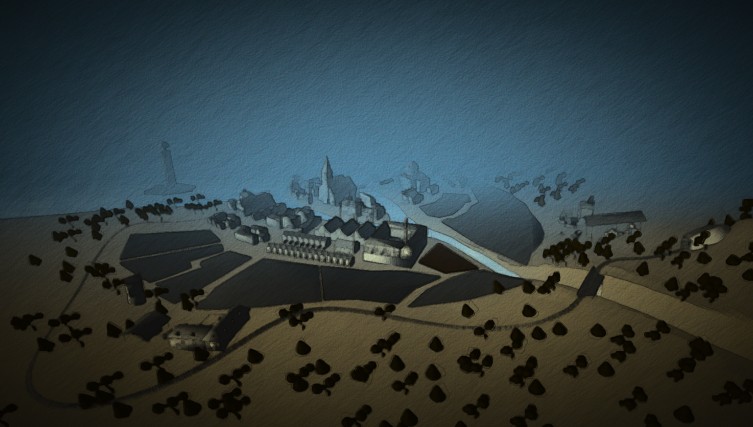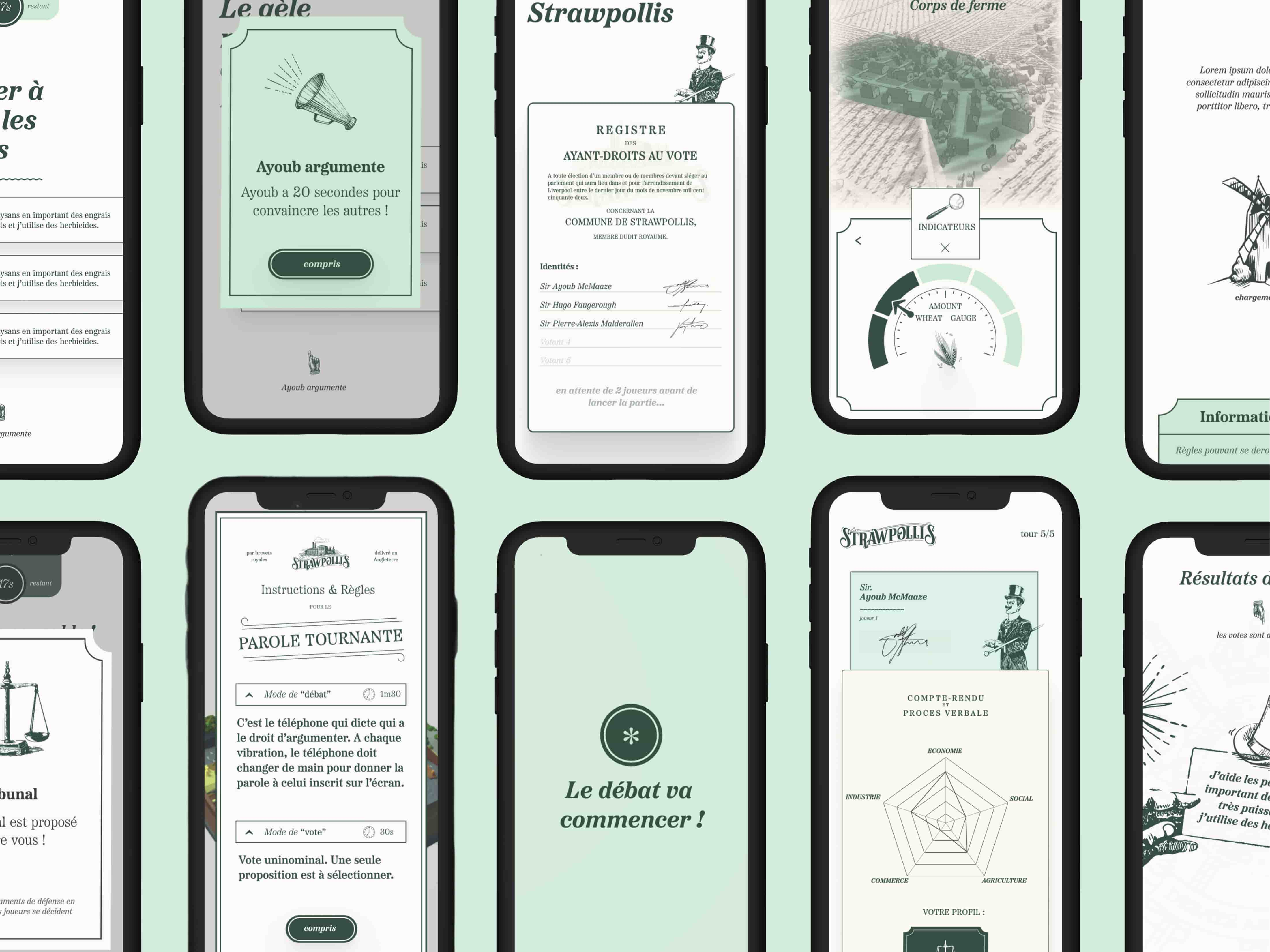

000 / 100

Web App
Developer front-end & back-end
2022
3 months project
Simon Gaspar, Pierre-Andréas Durant, Hugo Faugeroux, Ayoub Moulmaaz
vue
three
node
We had carte blanche to tackle the following topic: Technology in the service of nature.
1
Imagining a unique solution
2
Demystifying the environment topic
3
Reuniting people after 2 years of Covid and isolation
4
Validate our diploma and acquire new skills
We were 5 people: 2 developers and 3 designers, all with unique skills.
Art Direction, Sound Design, UX Design, UI, Narrative Design, 3D on the web, front-end and back-end development
Talking about the environment is a tendentious subject, which is intrinsically linked to other subjects: industrialization, the economy, lifestyle... There was a lack of pragmatism in the treatment of this subject in public debate. Yet it's a fascinating subject that concerns us all, and one that deserves to be treated properly, with scientific rigor.
After analyzing the subject in depth and exploring a number of possibilities, we thought it would be a good idea to create a discussion on the subject of man's impact on nature. As the subject is complex and multifactorial, we felt it would have great potential for debate and reflection.
After a long ideation phase, the idea of a collaborative game with multiple debate mechanics seemed the most meaningful, the most interesting to explore and also the most relevant.
You play politicians in England during the first industrial revolution. Your goal is simple: to bring about change in the town of Strawpolis by making decisions that will have an impact on the short, medium or long term.


Our game can be played in 2 configurations, either with phones only, or with a PC screen in addition to the phones.

1
Web app architecture
Our web application has 2 types of screen depending on who joins the site: desktop or mobile, so we needed a common system design for both.
2
Choices change visuals and metrics.
So we had to imagine a server-side controller that could receive data on the choices made by players, then automatically send the new information to the client to update the visuals/data.
3
The game is played in real time across several devices
We opted for websocket, a technology that enables us to work in real time and make life easier for us to manage the game at every level.
4
3D is very demanding, especially for mobiles.
We chose to develop our POC only with the PC version, without a 3D card on the phone. This is the chosen use case.
A game consists of a scenario with changing branches. Each decision leads to another, and influences the next. This raises issues of writing volume, which is very important for us, given that we're not narrative designers. As our project was a POC, it was mainly a question of knowing whether it would hold up over a few rounds. In the case of the final product, it would be connected to an artificial intelligence capable of creating scenarios in real time. This technology was not available publicy in early 2022.

The choices you make will have multi-level consequences for the city. In the example below, we've decided to focus on foreign trade, which will result in a more developed port.


The next choice is to develop the railroad. If you decide to do this, it will bring a lot more fog and pollution, but it will allow for better economic development.





Strawpolis stands as a testament to the power of collaborative design in creating meaningful, educational, and engaging gaming experiences. By combining immersive 3D environments, intuitive UI/UX design, compelling storytelling, and dynamic gameplay mechanics, the game empowers players to explore the complexities of environmental stewardship and democratic governance. Through strategic decision-making, thoughtful debates, and impactful choices, players emerge with a deeper understanding of the delicate balance between human progress and ecological preservation.